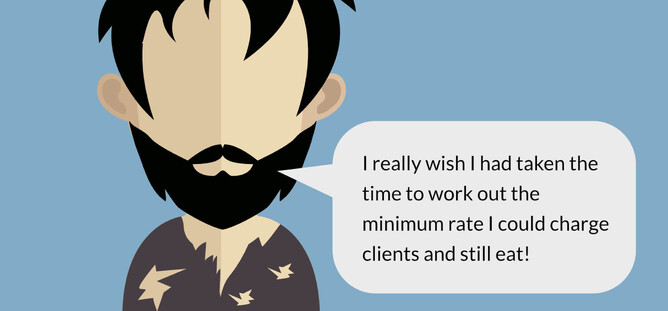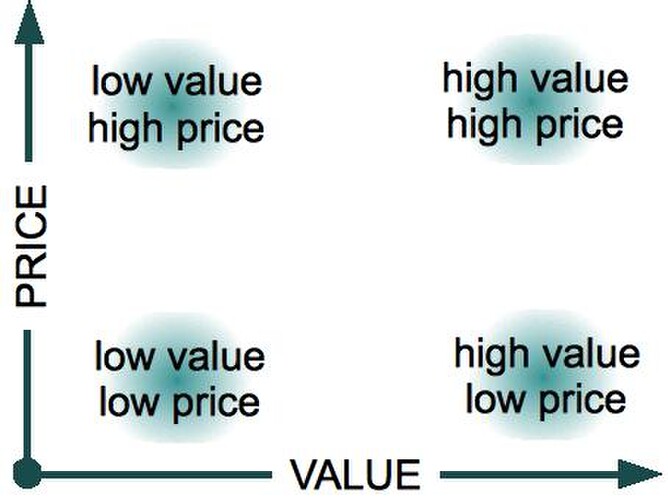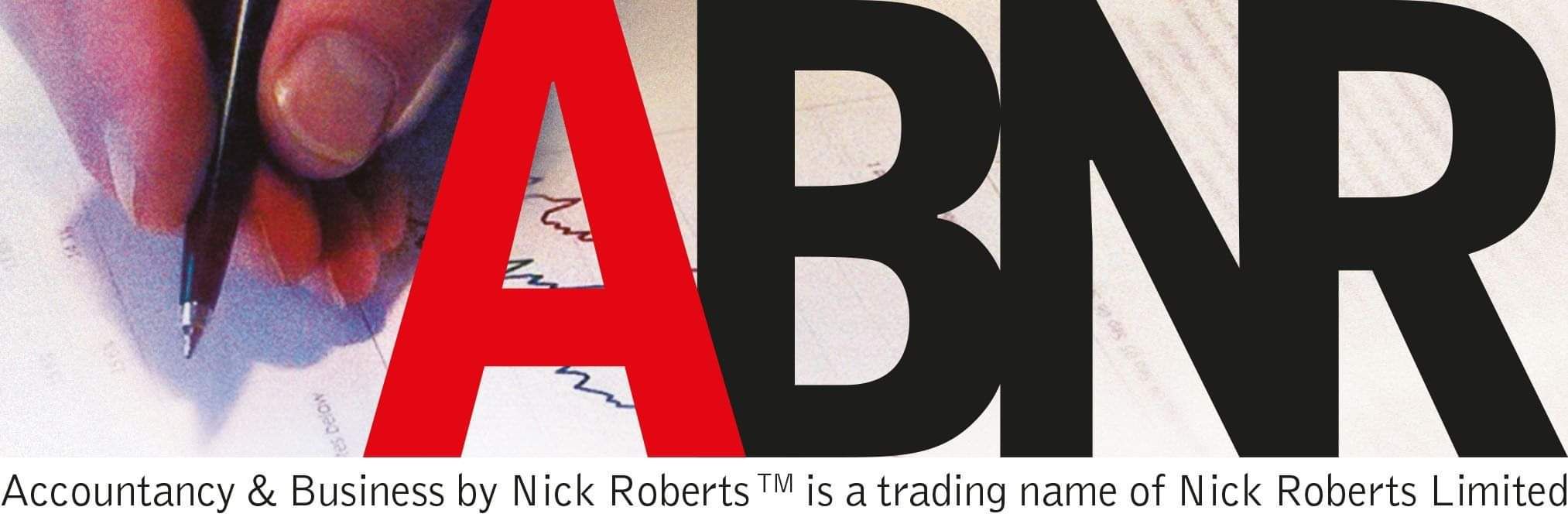High, low or somewhere in the middle? Where to pitch realistic charge-out rates is a common question facing trades, service and professional businesses.
In fact it’s probably one of the most difficult areas of business. You have to be careful not to underprice as this will reduce profits, but at the same time, overpricing could turn customers away.
Setting charge out rates is just as important as marketing and delivering a fantastic service.
You can do these two things excellently and then undo the lot by setting charge out rates too low or too high. This means pricing is a complex strategy that should be carefully undertaken and reviewed.
Your Value Proposition
Firstly, you need to decide where your products or services sit in terms of your value proposition. Simply put, you have four main choices, low price low value, low price high value, high price low value or high price high value, as can be seen on the graph below:
Some examples will help. Low price low value - $2 Dollar Shop? High price low value - some firms of accountants who survive on their brand name alone! High price high value - luxury cars? Low price high value - those trying to buy market share as you wouldn’t normally survive very long!
To read more about deciding upon your value proposition and how this affects your prices, click here.
Know Your Overheads
Secondly, you must know what it costs you to operate your business before you start to set a charge-out rate. In particular, you’ll need to look at:
- Annual budget
- Working capital tied up in stock, work in progress and debtors
- Cash-flow forecast.
Customers Don’t Choose on Price Alone
Once you’ve worked out your bottom line, don’t simply jump in with the lowest rate. There is no doubt that charge-out rates are of concern to customers but contrary to what you might think, they are not the only thing customers take into account when choosing a supplier, far from it. In fact astute customers tend to choose businesses primarily for reliability and honesty. Other factors that enter into the buying decision include:
- Quality
- Technical and back-up services
- Reputation
- Turnaround times
- Promptness
- Friendly and caring
- Offering a great service
- Punctuality and tidiness for tradespeople
- Location
- Refund policy
- Guarantees
It would help to do some research on what goes into your customers’ buying decisions before setting your rates. For example, looking at what your competitors do and how they charge could be one way of determining what customers in your area are looking for.
Do your competitors offer round-the-clock and/or prompt service, do they give guarantees or are they renowned for quality work? If they are flat-out busy yet charge a high rate, chances are customers care more about the service than the money they have to spend.
In the market place you’ll find many businesses charging 5%, 10% and 20% higher than their competitors, yet still run very profitable businesses. In fact these businesses are often the most successful because they have achieved excellence in those areas listed above.
Setting Prices Too Low
Clearly you need to base your pricing strategy on much more than price alone. So what does happen if you set charge-out rates at the lowest end of the market in the hope of attracting customers?
Some people advocate this is the only way to build market share in a competitive market. To increase profit margins you simply increase prices later once you’ve reached the desired market penetration. This strategy, however, comes with potential risks.
Once you’ve introduced a product or service at a low price, it creates a low price/value relationship in the customer’s mind, and once there it’s very difficult to remove. When you want to increase the price, you might have to spend a lot of money on marketing and promotion to change that image.
Understanding a customer’s perception on pricing is one of the key elements in developing pricing strategies for service and professional businesses. Most importantly, the lowest price is not necessarily the best price. Customers ultimately look for the best service at a realistic price.
Next Steps
If you need a hand with your pricing contact Nick, who not only has many years of experience in this area but a very useful tool that can work out your charge-rates just by entering your overheads, budgeted profit and labour costs etc.



